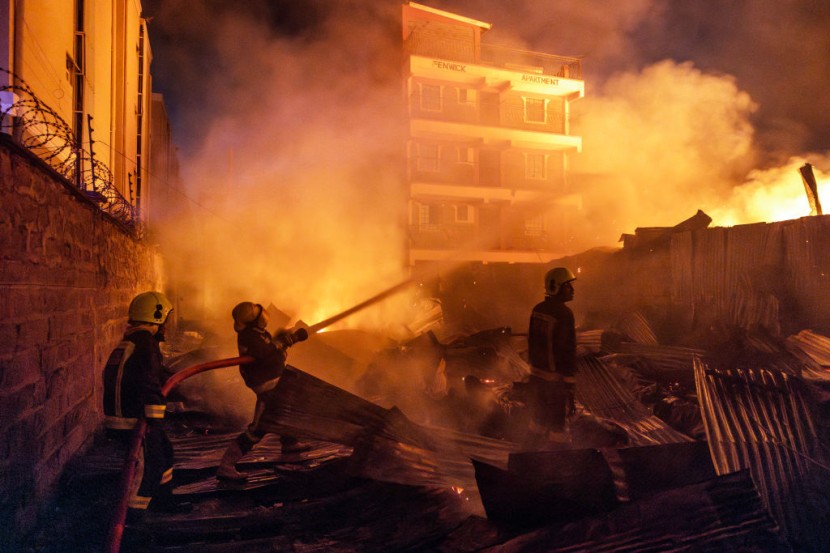Kenyan officials have confirmed that 280 people were wounded in a gas explosion on Thursday night, February 1, at an unregulated cooking gas filling station in the capital, which killed at least three people.
Explosion and Massive Fire
In a report by CNN, the explosion of a gas tanker in Nairobi's Embakasi neighborhood at about 11:30 PM local time ignited a "huge ball of fire that spread widely," according to a social media post by government spokesman Isaac Maigua Mwaura. A massive fireball is seen in footage that has gone viral on social media.
Mwaura said that many homes, businesses, and vehicles were destroyed in the explosion and fire that followed.
He remarked that three fellow Kenyans had tragically passed away while receiving treatment at the Nairobi West Hospital. "In addition, by now, 280 other fellow Kenyans were injured by the fire and have since been rushed to various hospitals," he also confirmed.
Victims who have endured trauma are reportedly being provided with psychosocial counseling.
A man who managed to escape the site recalled his ordeal. Edwin Machio told Reuters, "The fire caught up with me from almost one kilometer away as I was escaping. The flames from the explosion knocked me down and burnt me on my neck."
Along with other organizations, the Kenya Red Cross has been fighting the fires relentlessly and has evacuated 271 people to hospitals in the Nairobi area.
The location has been secured, and a command center has been established to coordinate rescue operations and other intervention activities, according to spokesperson Mwaura. In order to ensure that the rescue effort can be conducted with minimum disturbances, he encouraged Kenyans to stay off the restricted area.

Lack of Appropriate Clearance
The explosion happened inside a cooking gas filling factory that did not have the proper authorization, based on a statement from Kenya's Energy and Petroleum Regulation Authority (EPRA) on Friday, February 2.
During March, June, and July of 2023, the EPRA received three applications for building permits for a Liquified Petroleum Gas (LPG) storage and filling facility at the location. However, all of the applications were denied because they did not fulfill the requirements for a plant in that particular region.
A statement explaining the rejection said that the applications were refused because the designs did not match the safety distances required by the Kenya Standard. It also mentioned that the high population density around the proposed location was also taken into consideration.








